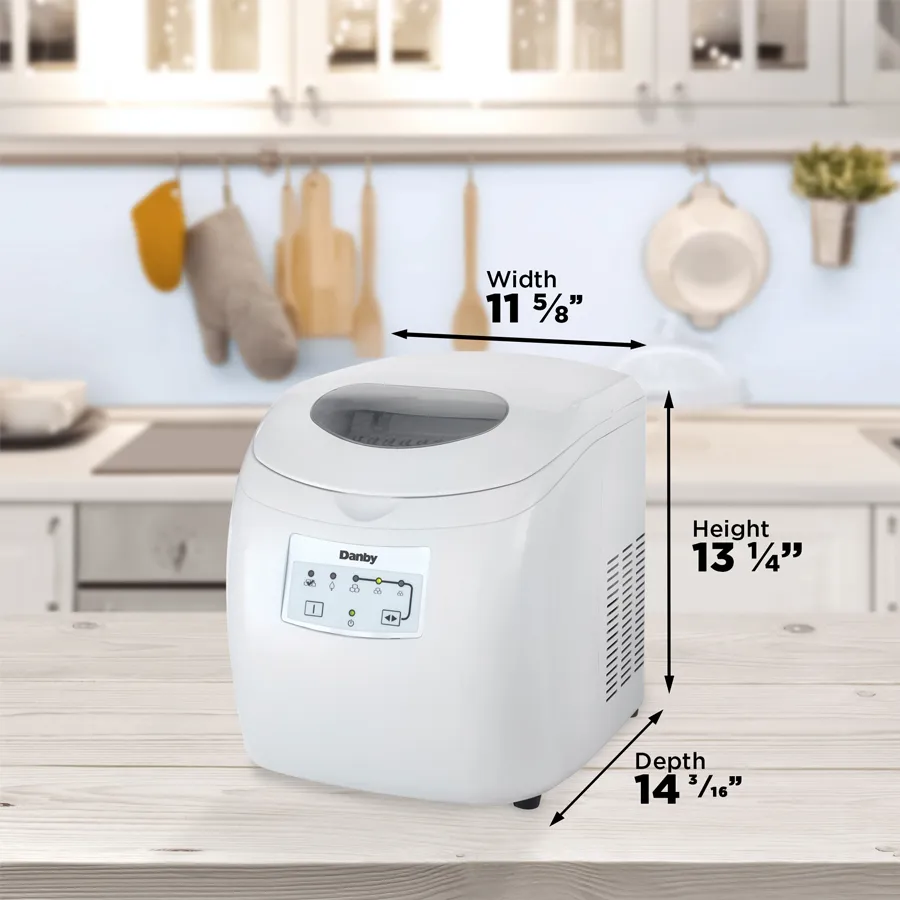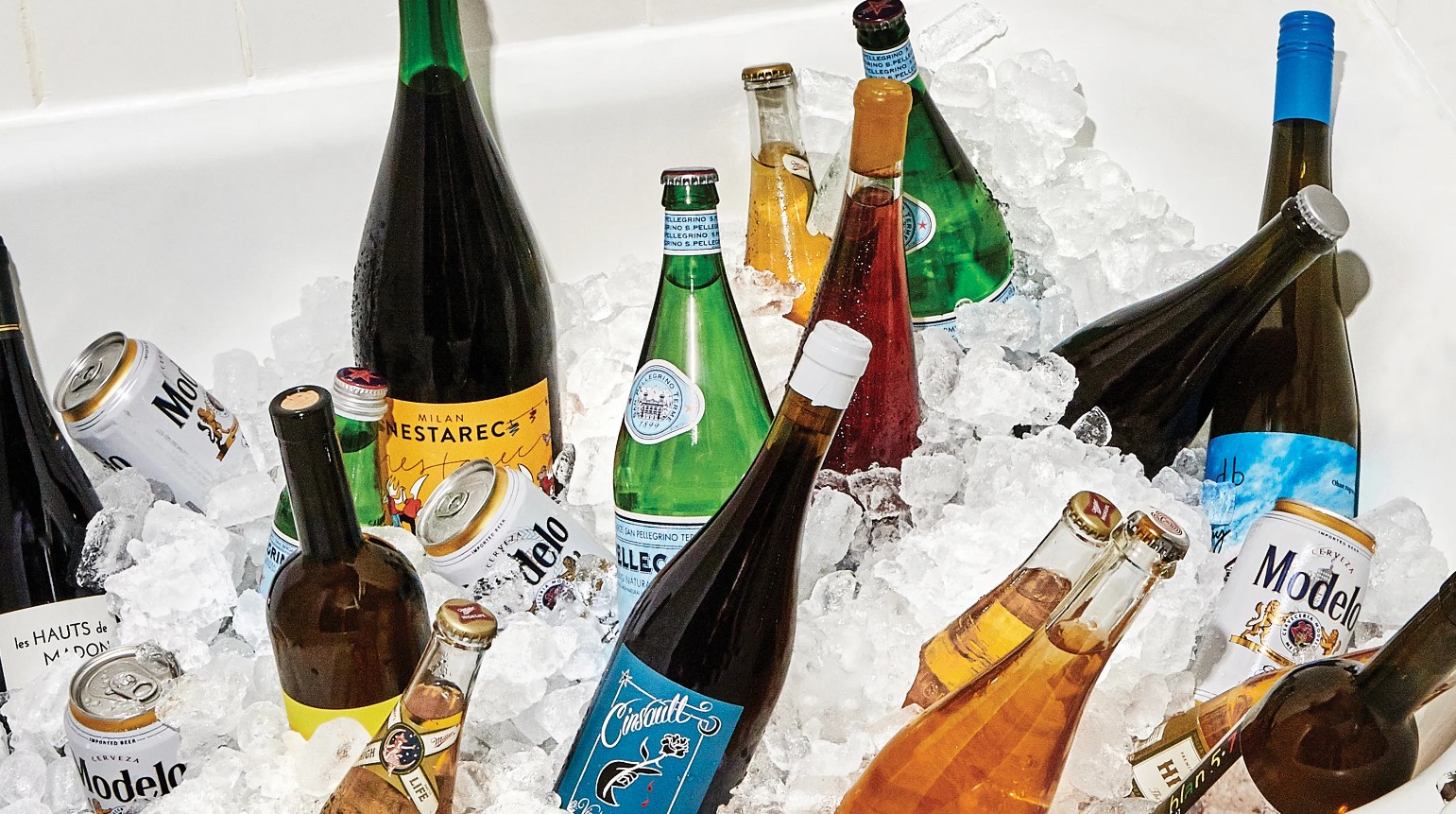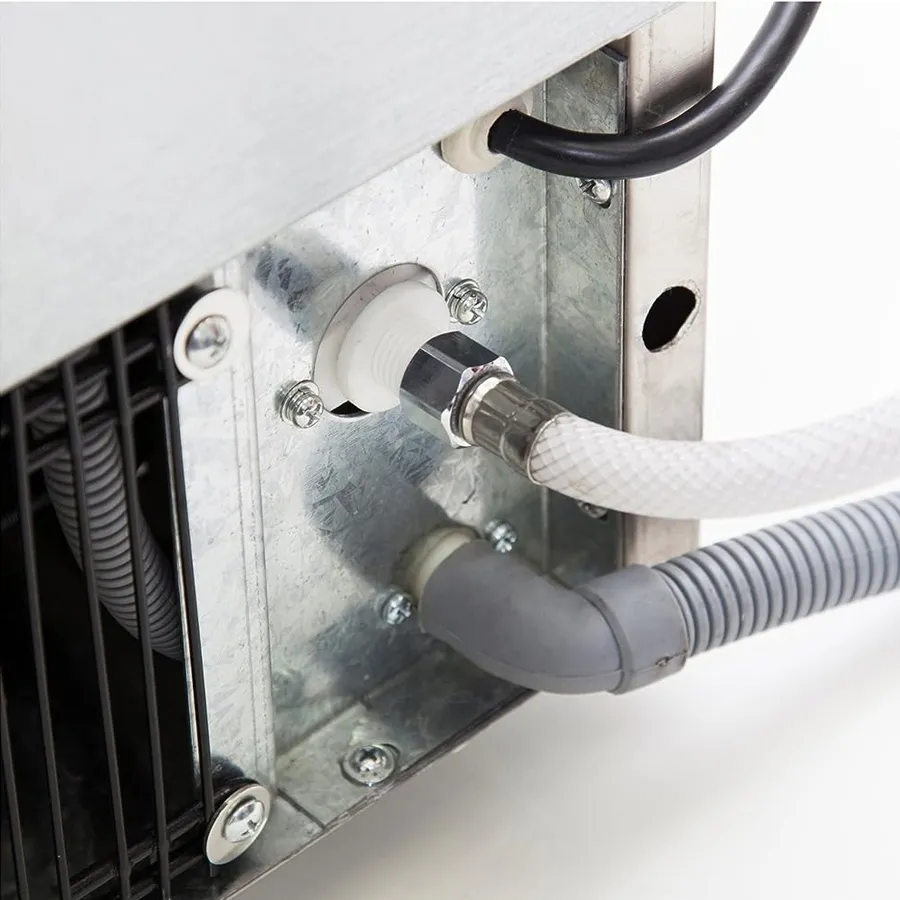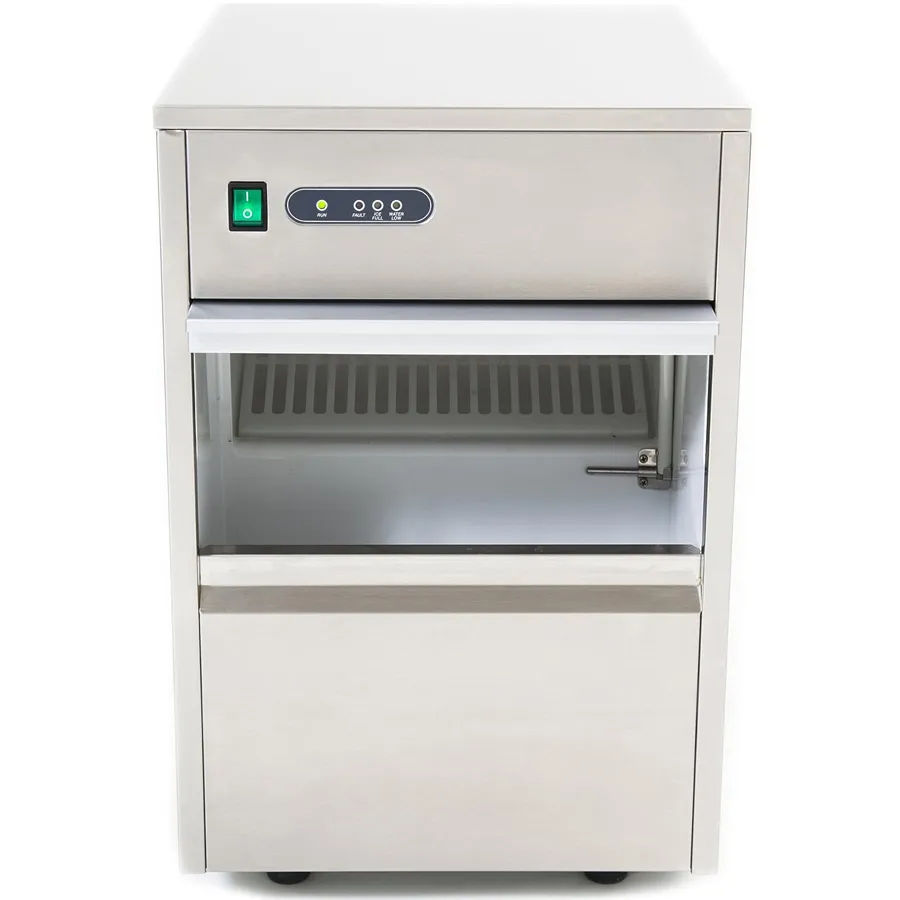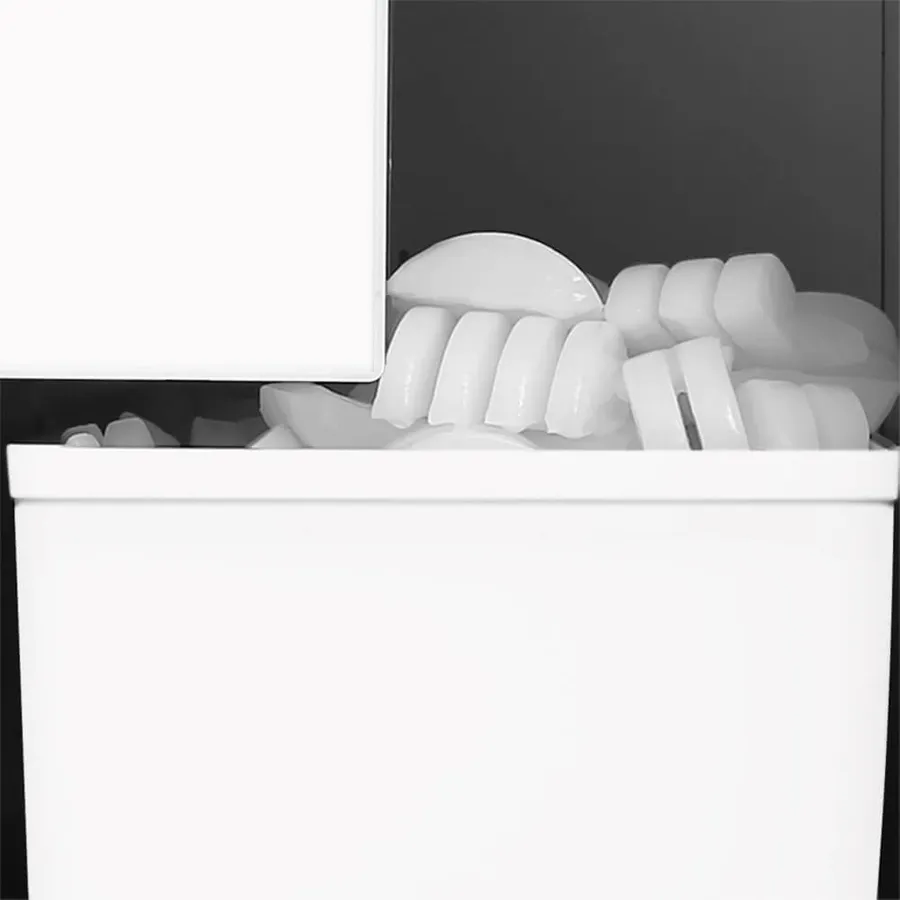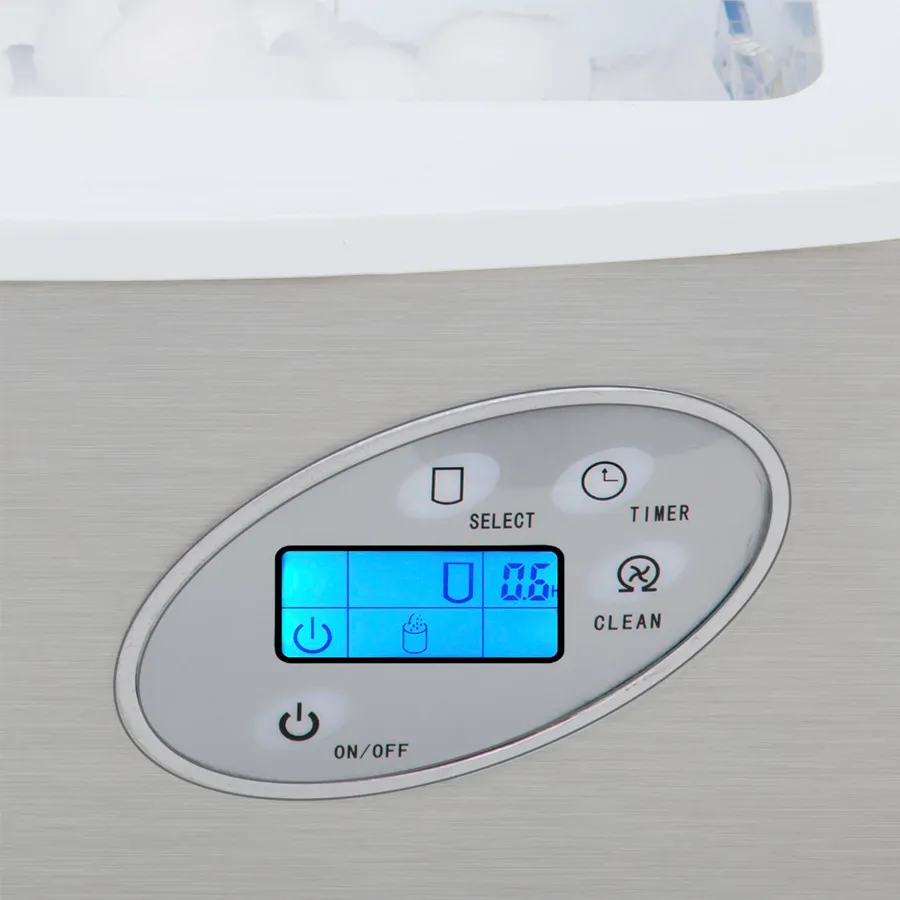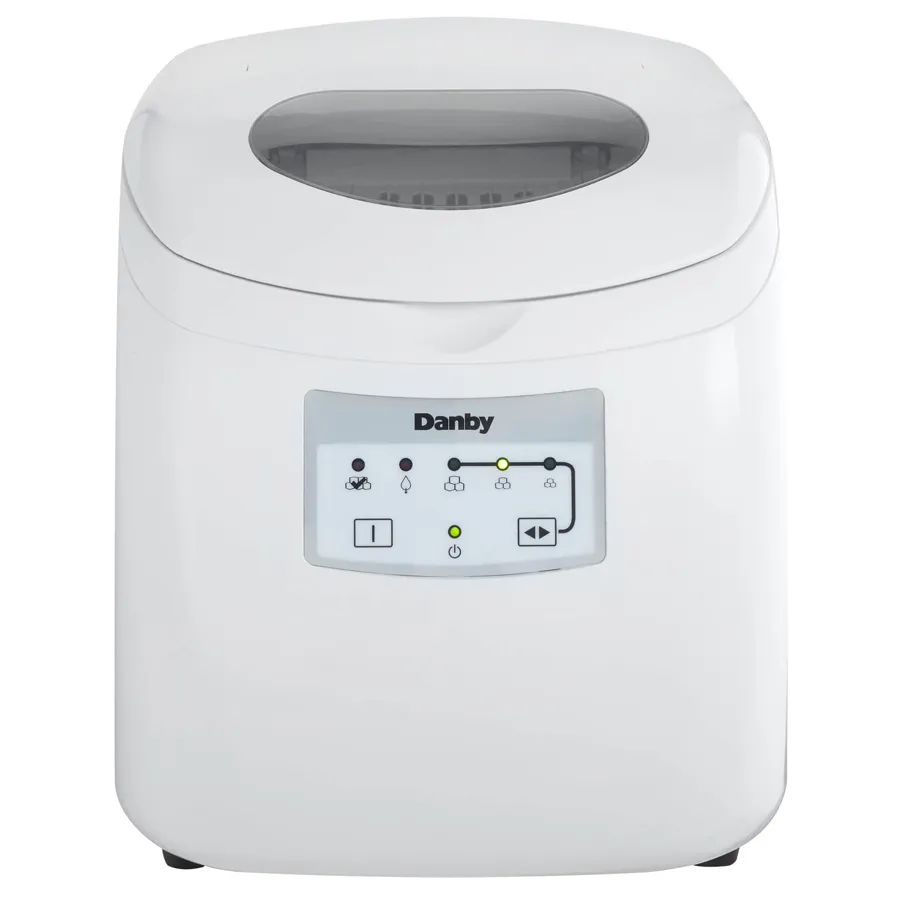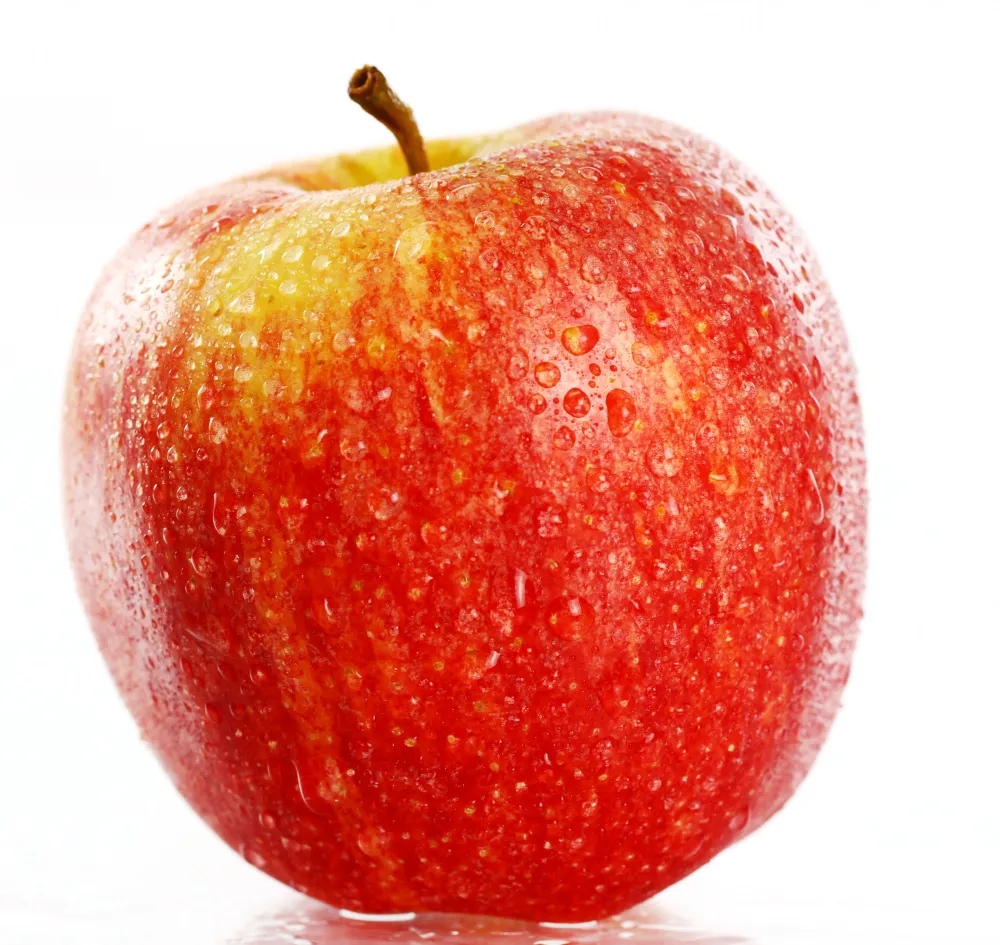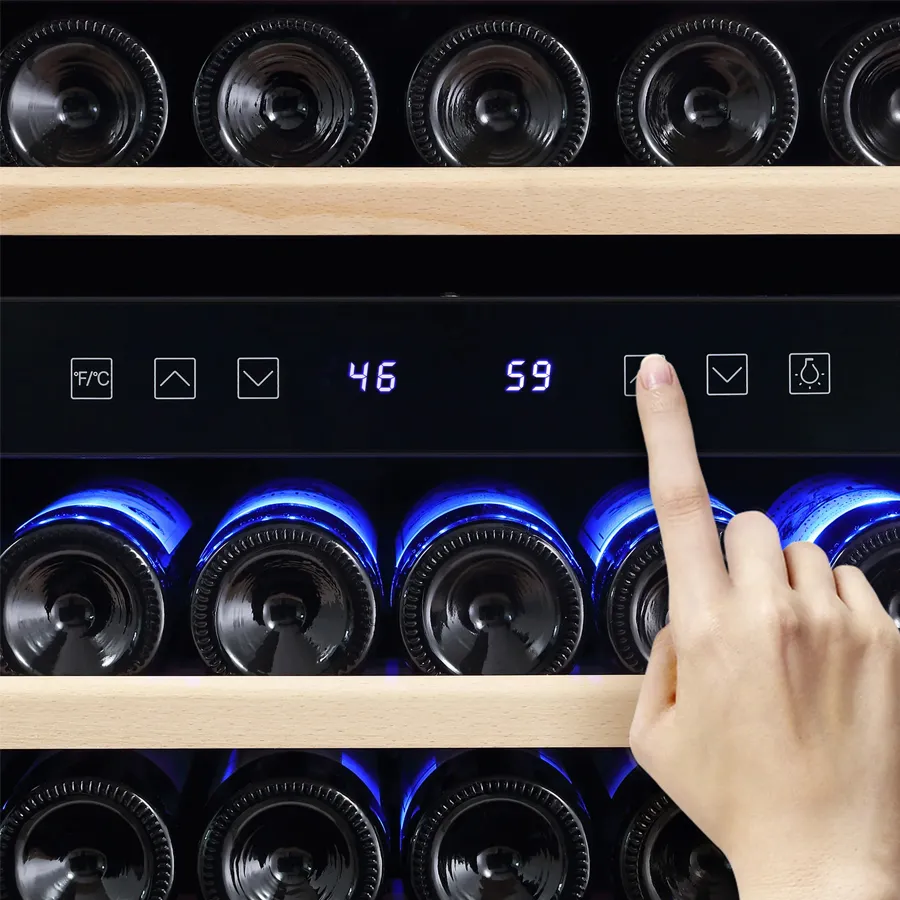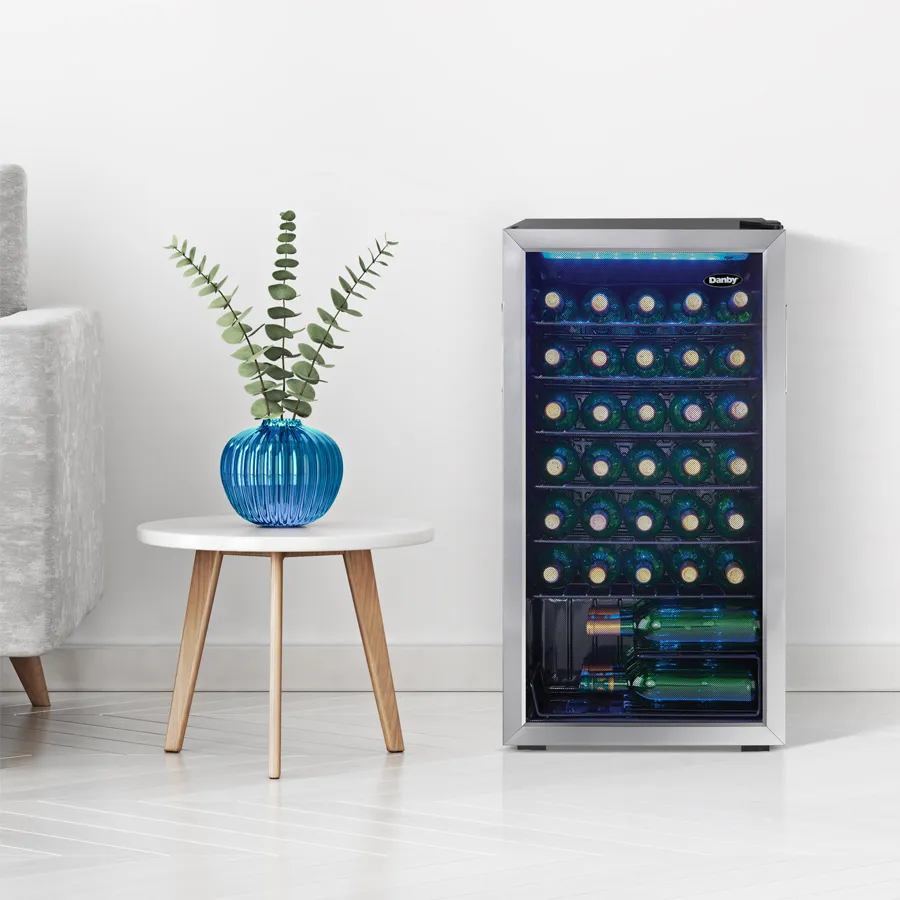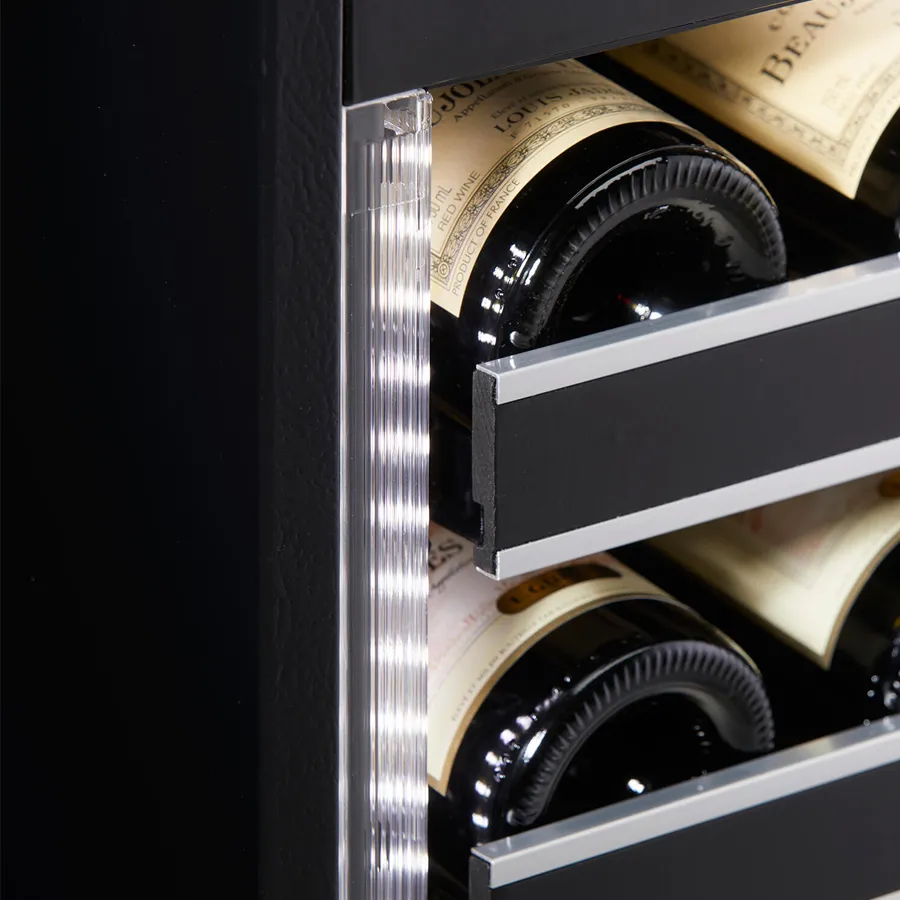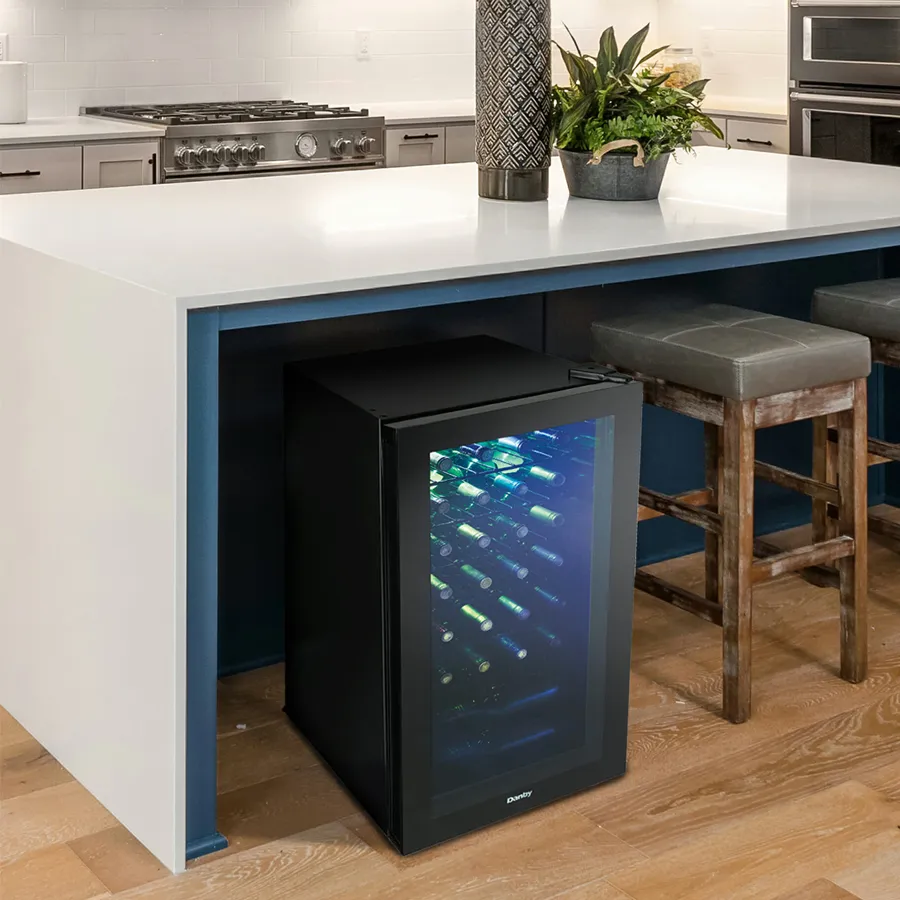Unpleasant-tasting ice, ice that tastes like plastic, or like mold from your ice maker can be frustrating and off-putting. If you’ve noticed a funky or foul taste in your ice, it’s important to address the issue right away. Bad-tasting ice can be a sign of underlying problems with your ice maker, such as mold or bacteria buildup, dirty filters, or even impurities in the water supply. In this blog post, we will provide you with a comprehensive guide to resolving the issue of bad-tasting ice from your ice maker.
=> Quick Answer: Check the Filter It may be necessary to clean the ice maker filter if you notice that, although the tap water tastes fine, the ice still has an off flavor. To maintain the ice maker’s freshness and flavor, most manufacturers recommend changing the filter every six months.
What Causes of Bad-Tasting Ice?
Before you can resolve the issue of bad-tasting ice, it’s important to understand the potential causes. There are several factors that can contribute to the unpleasant taste of your ice, ranging from contaminants in your water supply to internal mold and mildew buildup within the ice maker itself.
Contaminants in Water Supply
Impurities in your water supply could be the reason your ice maker is making ice with an off flavor. The flavor of the ice can be altered by various contaminants, such as chemicals, minerals, and other undesirable substances. Chlorine, sulfur, and iron are common pollutants that can impart an unpleasant flavor to ice. If you want ice that tastes better and is easier to maintain, you might want to look into getting a water filter for your ice maker or getting filtered water elsewhere.
Impurities in Water:
- Water contains minerals and impurities, and if these are not filtered out before freezing, they can affect the taste of the ice. Common impurities include chlorine, sulfur, and minerals like iron.
- Metallic taste: Copper pipes in your water supplier’s system may be rusted.
- Bleach taste: As a disinfectant, chlorine is used by the majority of public water providers. If there is an excess of chlorine in the water, it will taste like bleach.
- Fishy taste: Such a smell and flavor could be the result of an algal bloom in the water supply.
- Rotten taste: The water supply may contain organic debris that has decomposed.
- Sweet taste: A sugary flavor could be the result of an acidic or basic pH imbalance or an excess of certain minerals.
Internal Mold and Mildew Buildup
Another common cause of bad-tasting ice is the buildup of mold and mildew inside the ice maker. Over time, moisture and organic matter can create the perfect environment for mold and mildew to grow, leading to a musty or foul taste in your ice. To combat this issue, regularly clean and sanitize your ice maker according to the manufacturer’s recommendations. Keeping your ice maker clean and dry will help prevent the growth of mold and mildew, ensuring that your ice tastes fresh and clean.
Stale Ice and Infrequent Use
Even with filtered water and a clean machine, if your ice maker is still making ice that tastes awful, it could be because you don’t use it too often. The flavor of ice can change when it absorbs smells from its surroundings. Another way ice might lose its freshness and go bad is if you don’t use your ice maker often enough. To avoid this, utilize the ice frequently to maintain its fresh flavor, and empty and clean the ice bin frequently.
How to Resolving The Problems of Bad-Tasting Ice
Cleaning and Sanitizing the Ice Maker
If your ice maker is producing bad-tasting ice, it may be due to a build-up of dirt, mold, or bacteria inside the unit. Regular cleaning and sanitizing can help eliminate these issues. You can clean the ice maker by following the manufacturer’s instructions and using a mixture of warm water and mild soap. Additionally, you should also use a sanitizing solution to ensure that any harmful bacteria or mold is killed. Remember to rinse thoroughly after cleaning to remove any residue.
Replacing Filters and Servicing Lines
Over time, the filters and water lines in your ice maker can become clogged or contaminated, resulting in bad-tasting ice. You should regularly replace the filters according to the manufacturer’s recommendations and periodically check and service the water lines to ensure that they are free from debris and contaminants. This maintenance will help ensure that your ice maker produces high-quality ice.
Adjusting Freezer Temperatures and Ice Maker Settings
In some cases, the temperature of your freezer or the settings on your ice maker may need to be adjusted to improve the taste of the ice. Your freezer should be set to 0°F (-18°C) for optimal ice production, and the ice maker should be set according to the manufacturer’s instructions. Additionally, adjusting the ice cube size settings on your ice maker can also impact the taste and quality of the ice.
Conclusions:
The key to resolving the issue of bad-tasting ice from your ice maker is to properly clean and maintain the machine regularly. By following the steps outlined in this guide, you can ensure that your ice maker produces clean and great-tasting ice for all your needs. Remember to regularly clean and sanitize the ice maker and its components, as well as regularly change the water filter. By taking these steps, you can enjoy high-quality ice that adds the perfect touch to your favorite drinks.


